
Department of Geology and Paleontology
The Department of Geology and Paleontology conducts research on materials that provide a better understanding of the origin of the Earth. These include structural material of the Earth that is believed to be about 4.6 billion years old, such as rocks and various minerals that form the crust of the Earth’s supracrustal belt and the mantle or the inner layer of the Earth; and a wide variety of fossils that are proof of the history of changes in living organisms over a period of about 3 billion years since the time when life is believed to have started on Earth. The material is divided among three research divisions, who in addition to conducting surveys and research also create and maintain databases of the collected material, and use the specimens for research, education, and as exhibits.
The staff is also involved in research such as sedimentary provenance based on the chemical composition of minerals contained in rock fragments and geochronological data; study of the process of formation of the Japanese islands from geochronological data on granite and metamorphic rocks; chemical analysis of volcanic rocks and high-temperature melting experiments; study of metallic minerals, including rare metals, and their decomposition in the Earth’s supercrustal belt and the formation of secondary substances; and chemical analysis and crystal structure analysis of rare earth mineral pegmatites.
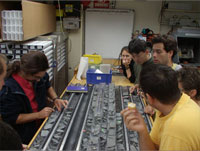
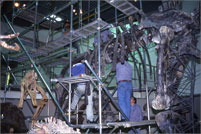
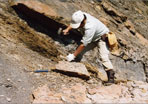
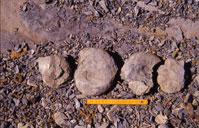
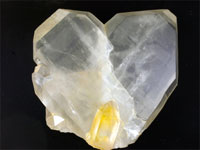
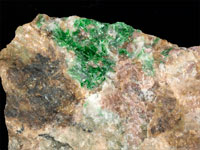
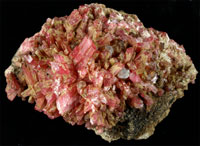
Division of Mineral Sciences
The Division of Mineral Sciences conducts research on the petrology of rocks that form the Earth’s crust; and the chemical composition, crystalline structure, and process of formation of minerals that constitute the rocks.The staff is also involved in research such as sedimentary provenance based on the chemical composition of minerals contained in rock fragments and geochronological data; study of the process of formation of the Japanese islands from geochronological data on granite and metamorphic rocks; chemical analysis of volcanic rocks and high-temperature melting experiments; study of metallic minerals, including rare metals, and their decomposition in the Earth’s supercrustal belt and the formation of secondary substances; and chemical analysis and crystal structure analysis of rare earth mineral pegmatites.

Researchers engaged in discussion aboard the research vessel, JOIDES Resolution, during a survey of the East Pacific Ridge
Division of Biotic Evolution
The Division of Biotic Evolution conducts research activities such as study of the phylogenetic classification, evolution, palaeobiogeography, and paleoecology of extinct organisms. Projects that the research team is currently engaged in include the study of paleobotany of plant fossils in the East Eurasian landmass and South America; phyletic evolution and palaeobiogeography of Tertiary terrestrial mammals and small mammals of the Neogene Period; evolution of Mesozoic Period reptiles in East Asia; phyletic evolution of reptiles and mammals, changes in their behavioral patterns and the development of their sensory functions during the process of adapting to life in water.

Disassembly of the Apatosaurus skeleton (currently on display) for research
Division of Paleoenvironment and Paleoecology
The Division of Paleoenvironment and Paleoecology conducts research on environmental fluctuations through geological eras and the evolution of organisms.
The research staff is currently engaged in the following projects: recreation of the marine and lake environments of the Cenozoic Era using Bacillariophyceae, dinoflagellate and other microfossils from the Pacific Ocean or the Pacific Rim; effects of Cenozoic Era shellfish on biodiversity in the South-East Asian tropical islands; and Mesozoic stratigraphy and biodiversity fluctuation history in Far East Russia of Cephalopoda.

Geological surveys in Maritime Province, Russia

Ammonite from the Triassic Period
Specimen collection of the Department of Geology and Paleontology
The Department of Geology and Paleontology stores about 125,000 specimens of rocks, minerals, and fossils that have been collected through surveys and research or received as donations. These specimens are utilized for research, display and educational programs. Further, the department also houses the Micropaleontological Reference Center (http://iodp.tamu.edu/curation/mrc.html), where approximately 20,000 microfossil specimens that have been collected through the Ocean Drilling Program (ODP).


Minerals from the Kinichi Sakurai Collection (left: quartz; center: haradaite; right: rhodonite)